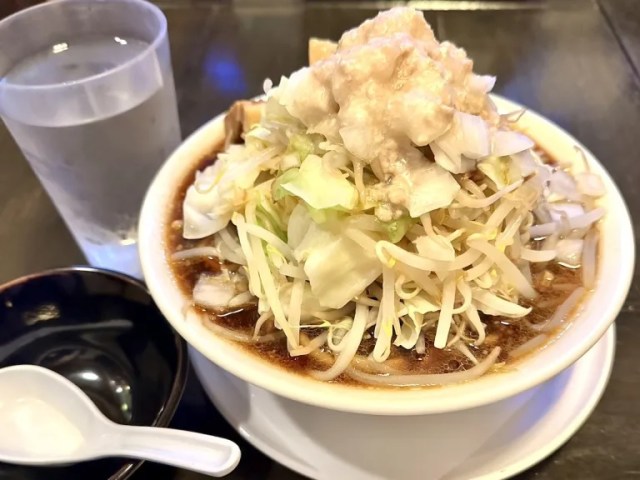
You can sing and eat your heart out with Ramen Paro.
When you’re craving noodles, instant ramen will get the job done in a pinch, but it’s really not in the same league as ramen that’s made from scratch. Making ramen from scratch, however, is time-consuming and difficult, so when you want the good stuff, you generally need to get out of the house/hotel and head to a ramen restaurant.
Or, alternatively, you could do what we recently did and head to a karaoke joint.
High-quality ramen isn’t something you can expect to find at most karaoke places, but then again, the Akihabara Showa-dori branch of karaoke chain Pasela (pictured above) in downtown Tokyo’s Akihabara neighborhood isn’t like most karaoke places. Being located in Tokyo’s otaku district, some of its karaoke rooms are occasionally decked out in special decorations as part of a cross-promotion with a popular anime or video game franchise, but even those that aren’t sport a very cool visual design, as many of them are retro-styled rooms made to look like something from Japan’s Showa period.
The Showa period ran from 1926 to 1989, but in the popular imagination the 1950, ‘60s, and ‘70s is the span that first springs to mind when people hear “Showa.”
So while our room had amenities like a karaoke machine with a touchscreen control tablet and a modern heating/air conditioning unit, the rest of the vibe was thoroughly old school, with zaisu floor seats, a low chabudai tea table, and a corded rotary-dial phone.
It’s not just the interior design that makes this place special, though. The Akihabara Showa-dori branch is the only Pasela location where the menu of food and drinks you can order from includes Ramen Paro ramen.
If that name reminds you of Ramen Jiro, that’s entirely by design, as Pasela’s noodles are of the genre that’s become known as “Jiro-style,” topped with tons of vegetables and meat and with a broth that’s extra-salty, extra-garlicy, and extra-oily.
Inside the Akihabara Showa-dori Pasela is a small counter where you can order Ramen Paro like you would at a regular restaurant, but it’s also available to order inside the karaoke rooms, which has several advantages. We’ll get into more of those later on, but for starters, ordering Paro Ramen from a karaoke room lets you pass the time while you’re waiting for your food by singing karaoke. Then came a knock at the door, and the staff brought in our Paro Ramen, setting it down on our table.
It was massive. Believe it or not, that’s the standard-size ramen, which costs 990 yen (US$6.50) but weighs in at a full kilogram (2.2 pounds) of noodles, toppings, and broth. There are also double, triple, and even larger-size portions available, for the truly hungry.
▼ It’s about 15 centimeters (5.9 inches) from the table to the toppings’ peak.
▼ Check out the incredibly thick slices of chashu pork.
Ordinarily, you’re supposed to start a ramen tasting with a sip of broth, but we had so many toppings that we needed to eat some of them first in order to access the liquid underneath. We’d put the ratio of bean sprouts to cabbage at 7:3, but they were all crunchy and satisfying, as were the slices of onion that got picked up along with them as we worked our chopsticks.
Taking care not to eat through the foundation and cause a topping avalanche, we next came to the noodles, of which there was also an amazing quantity. Paro Ramen’s noodles are very thick but still have good firmness, and they also have so much presence that we felt like they could be a meal in and of themselves.
Now that we’d finally made it to the broth, we tasted it, and Ramen Paro’s string of successes continued. It’s a rich, soy sauce flavored ramen, with no hard edges to its flavor or odd odors, although, being an oily broth with garlic and onions, it doesn’t exactly smell like a garden of delicate blossoms. Basically, it smells like what you’d imagine it should, based on what it is, so if you like the way the broth ingredients taste, you’ll probably like how the broth smells.
And the chashu? Tender and succulent, easily breaking into pieces as we chewed like it was about to melt in our mouth.
There is one small downside to eating Paro Ramen in a karaoke room instead of at the counter, which is, of course, that you have to pay for the room. However, having your own private room means you can eat at your own pace. At some ramen restaurants, particularly small ones with big fan bases, there’s a sense that there’s an unwritten rule that you’re supposed to eat your ramen and vacate your seat ASAP, since there are likely many customers waiting to get in. Having a private room means you don’t have to worry about that at all, which was a big plus for us since it wound up taking us close to 30 minutes to consume the massive portion.
Also, since you aren’t actually required to order food at Pasela’s karaoke rooms, splitting a bowl of ramen with a friend is A-OK, and pretty easy to do if you ask the staff to bring some torizara (sharing plates).
However, be warned that because of Paro Ramen’s high salt content, it can leave your throat feeling pretty dried out, so if you’re eating it in a karaoke room, you might want to do your hard-to-sing songs first, before you eat the ramen.
Location information
Ramen Paro / ラーメンパ郎
Located inside Karaoke Pasela (Akihabara Showa-dori branch) / 「カラオケパセラ (秋葉原昭和通り館)
Address: Tokyo-to, Chiyoda-ku, Kanada Sakumacho 2-10
東京都千代田区神田佐久間町2丁目10
Ramen Paro open 5 p.m.-5 a.m. (weekdays), 11 a.m.-5 a.m. (weekends, holidays)
Website
Related: Karaoke Pasela (Akihabara Showa-dori branch)
Photos ©SoraNews24
● Want to hear about SoraNews24’s latest articles as soon as they’re published? Follow us on Facebook and Twitter!
[ Read in Japanese ]

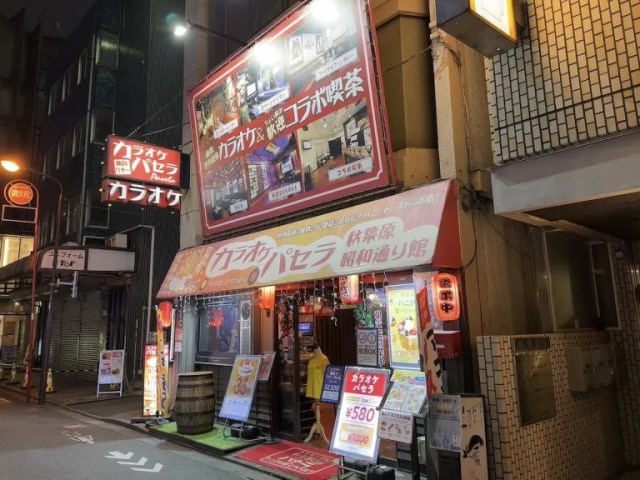
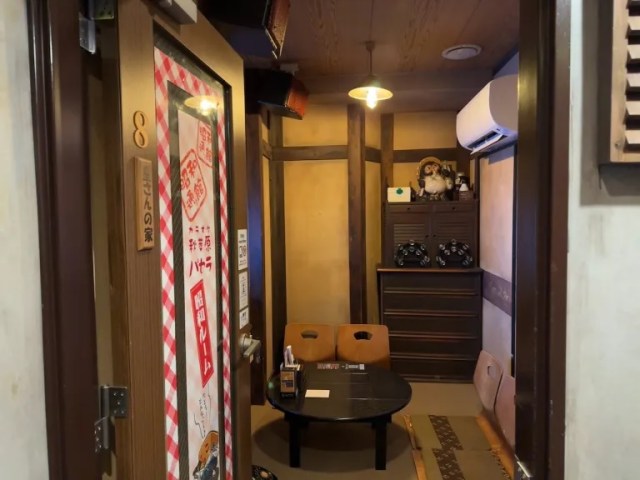
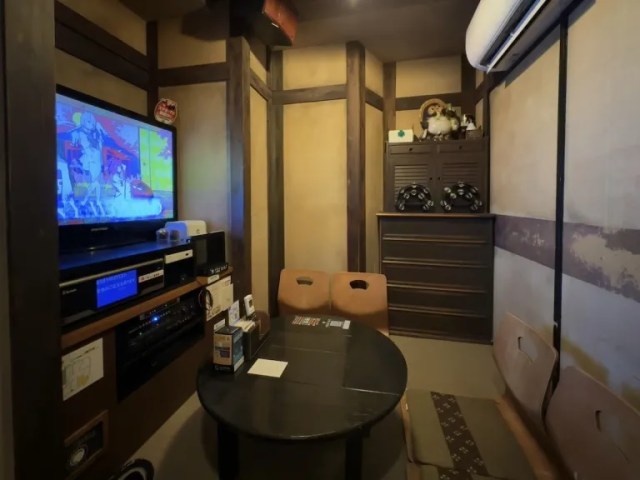
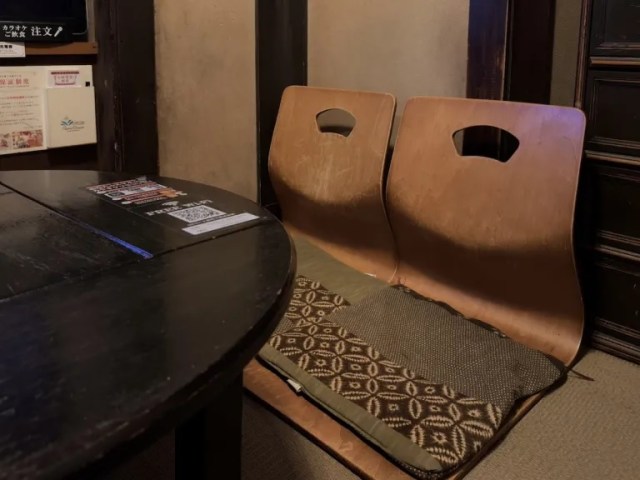
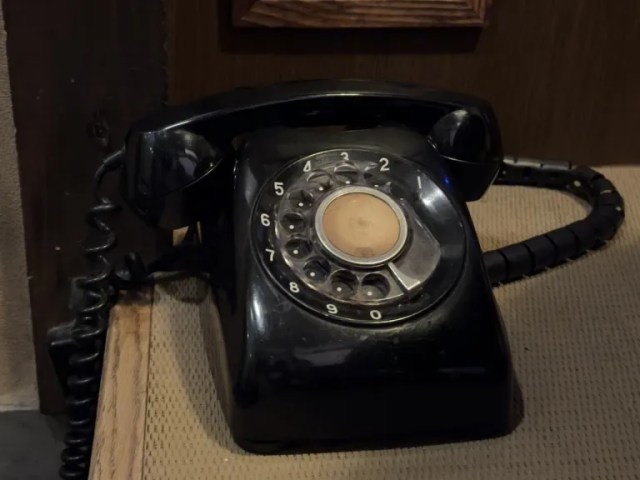
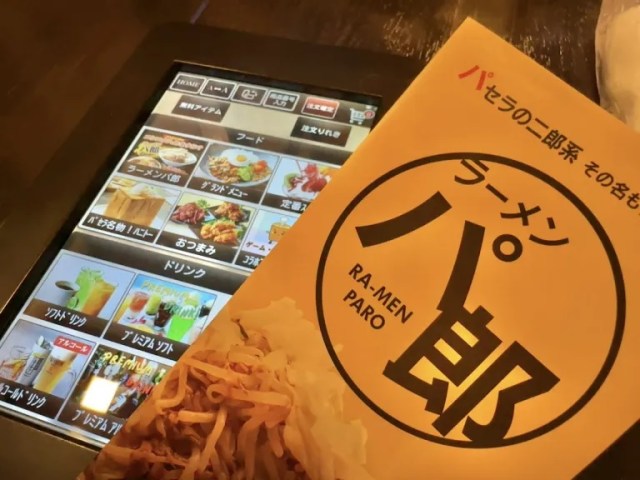
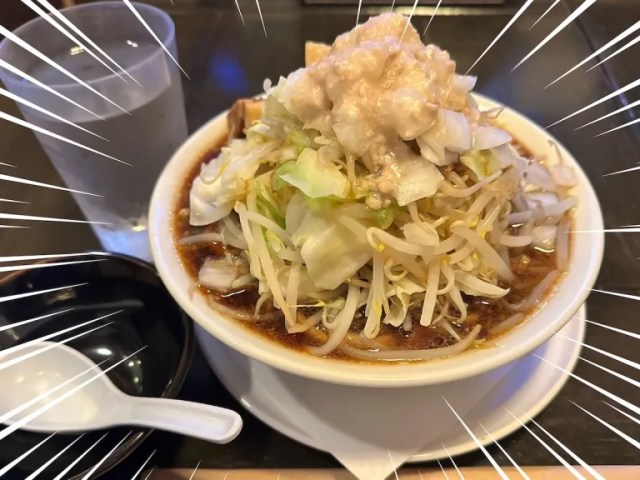
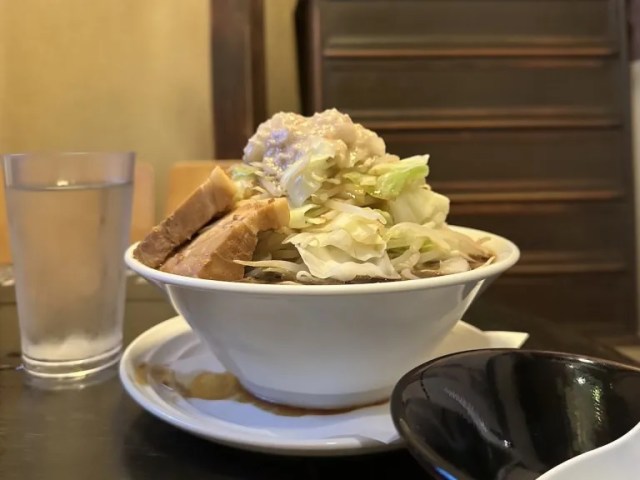

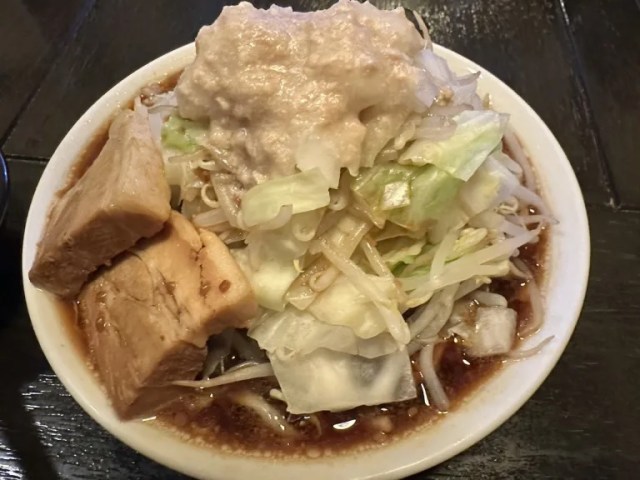
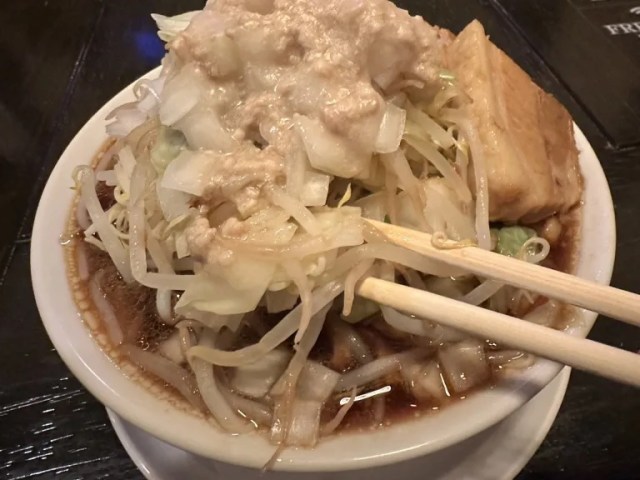
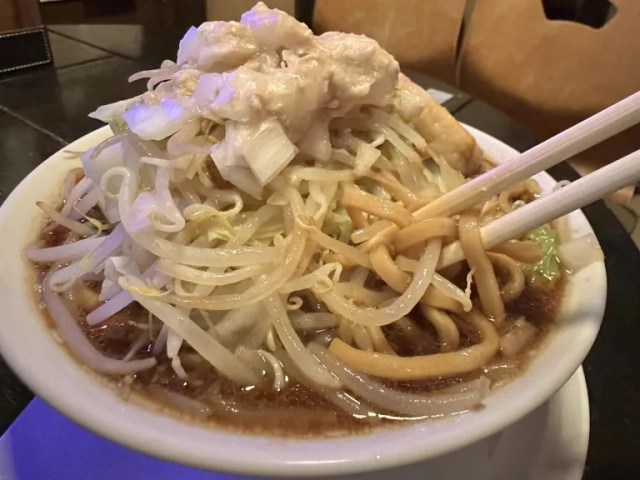
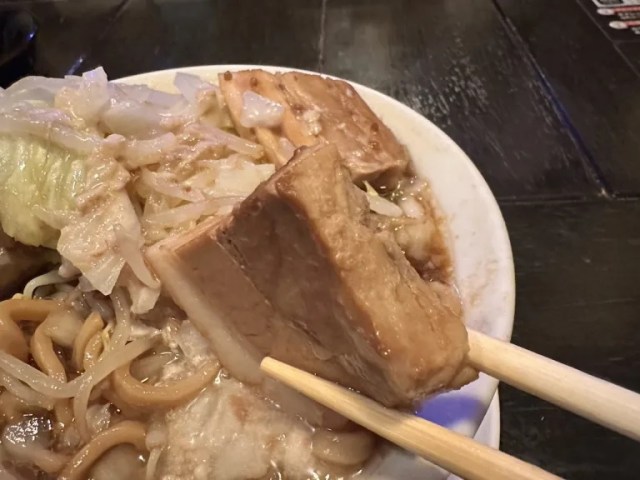

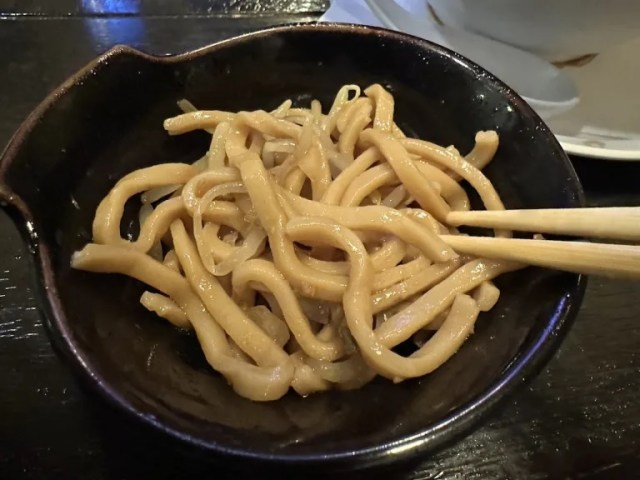
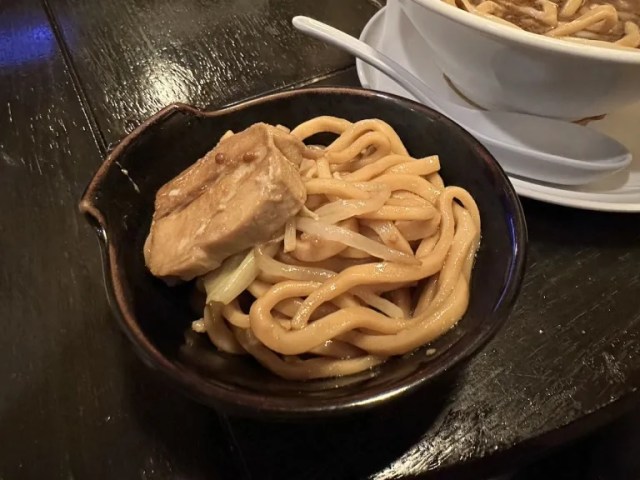
 This Tokyo ramen is served in -110-degree Fahrenheit container to help you beat the summer heat
This Tokyo ramen is served in -110-degree Fahrenheit container to help you beat the summer heat Is it worth eating at Akihabara Ramen Center?
Is it worth eating at Akihabara Ramen Center? Tokyo Akihabara’s Karaoke Lounge Pasela Offers Delicious Pudding in a Cute Take-Home Pot
Tokyo Akihabara’s Karaoke Lounge Pasela Offers Delicious Pudding in a Cute Take-Home Pot New famous food of Akihabara! Reiwa garlic chive ramen is delicious two times per meal
New famous food of Akihabara! Reiwa garlic chive ramen is delicious two times per meal Ramen pizza gets a sinful upgrade with Jiro-style version from Pizza Hut Japan
Ramen pizza gets a sinful upgrade with Jiro-style version from Pizza Hut Japan We revisited Sweets Paradise after a decade to see if Japan’s dessert buffet still delivers
We revisited Sweets Paradise after a decade to see if Japan’s dessert buffet still delivers How does the 100-yen “Scoon” match up against the celebrated 2,000-yen Sugakiya Ramen Fork?
How does the 100-yen “Scoon” match up against the celebrated 2,000-yen Sugakiya Ramen Fork? Rental grandma service growing in Japan, can help cook or break up with boyfriends
Rental grandma service growing in Japan, can help cook or break up with boyfriends The best Starbucks Japan Frappuccinos we want to drink again in 2026
The best Starbucks Japan Frappuccinos we want to drink again in 2026 Hayao Miyazaki says Happy New Year to Studio Ghibli fans with new art for Year of the Horse
Hayao Miyazaki says Happy New Year to Studio Ghibli fans with new art for Year of the Horse That time Seiji called JASRAC to ask why he didn’t get paid royalties for his song being on TV
That time Seiji called JASRAC to ask why he didn’t get paid royalties for his song being on TV Sephiroth in real life? How to unsheathe a massive 6.8-foot samurai sword
Sephiroth in real life? How to unsheathe a massive 6.8-foot samurai sword Toilet teaching – Japanese programmer explains key concept with clever bathroom snapshot
Toilet teaching – Japanese programmer explains key concept with clever bathroom snapshot Japanese group to hold fashion show of colostomy bags and other stoma equipment in Paris
Japanese group to hold fashion show of colostomy bags and other stoma equipment in Paris 7-Eleven Japan’s ramen-cooking robot whipped us up a bowl of noodles【Taste test】
7-Eleven Japan’s ramen-cooking robot whipped us up a bowl of noodles【Taste test】 Starbucks Japan ready to get Year of the Horse started with adorable drinkware and plushies【Pics】
Starbucks Japan ready to get Year of the Horse started with adorable drinkware and plushies【Pics】 Cyberpunk anime meets traditional culture in Ghost in the Shell gold leaf Japanese changing screens
Cyberpunk anime meets traditional culture in Ghost in the Shell gold leaf Japanese changing screens 7 great places to see Mt. Fuji from without having to climb it
7 great places to see Mt. Fuji from without having to climb it Hello Kitty Choco Egg figures are an adorable trip through three periods of Japanese pop culture【Pics】
Hello Kitty Choco Egg figures are an adorable trip through three periods of Japanese pop culture【Pics】 We found possibly the quietest Japanese-style hotel in Tokyo’s bustling Shinjuku district
We found possibly the quietest Japanese-style hotel in Tokyo’s bustling Shinjuku district Japan’s otoshidama tradition of giving kids money at New Year’s gets a social welfare upgrade
Japan’s otoshidama tradition of giving kids money at New Year’s gets a social welfare upgrade Sumo Sanrio! Hello Kitty and pals team up with Japan Sumo Association for new merch【Pics】
Sumo Sanrio! Hello Kitty and pals team up with Japan Sumo Association for new merch【Pics】 More Than a Capsule Stay: Why Solo Travelers Choose “global cabin Yokohama Chinatown”
More Than a Capsule Stay: Why Solo Travelers Choose “global cabin Yokohama Chinatown” Japan’s oldest largetooth sawfish in captivity back on display in Mie Prefecture
Japan’s oldest largetooth sawfish in captivity back on display in Mie Prefecture 7-Eleven Japan starts new temporary luggage storage service in over 300 branches
7-Eleven Japan starts new temporary luggage storage service in over 300 branches Disillusionment at Tsukiji’s tourist-target prices led us to a great ramen restaurant in Tokyo
Disillusionment at Tsukiji’s tourist-target prices led us to a great ramen restaurant in Tokyo Starbucks teams up with 166-year-old Kyoto doll maker for Year of the Horse decorations【Photos】
Starbucks teams up with 166-year-old Kyoto doll maker for Year of the Horse decorations【Photos】 Tokyo considering law requiring more trash cans following litter increase in heavily touristed area
Tokyo considering law requiring more trash cans following litter increase in heavily touristed area Tokyo’s Tsukiji sushi neighborhood asks tour groups to stay away for the rest of the month
Tokyo’s Tsukiji sushi neighborhood asks tour groups to stay away for the rest of the month Tokyo event lets you travel back in time, for free, to celebrate 100 years since Showa era start
Tokyo event lets you travel back in time, for free, to celebrate 100 years since Showa era start Sanrio theme park in Japan announces plans to expand into a Sanrio resort
Sanrio theme park in Japan announces plans to expand into a Sanrio resort Japan may add Japanese language proficiency, lifestyle classes to permanent foreign resident requirements
Japan may add Japanese language proficiency, lifestyle classes to permanent foreign resident requirements Stamina-destroying “Paralysis Noodles” are Tokyo’s newest over-the-top ramen innovation
Stamina-destroying “Paralysis Noodles” are Tokyo’s newest over-the-top ramen innovation Survey asks foreign tourists what bothered them in Japan, more than half gave same answer
Survey asks foreign tourists what bothered them in Japan, more than half gave same answer Japan’s human washing machines will go on sale to general public, demos to be held in Tokyo
Japan’s human washing machines will go on sale to general public, demos to be held in Tokyo Japan’s deadliest food claims more victims, but why do people keep eating it for New Year’s?
Japan’s deadliest food claims more victims, but why do people keep eating it for New Year’s? We deeply regret going into this tunnel on our walk in the mountains of Japan
We deeply regret going into this tunnel on our walk in the mountains of Japan Studio Ghibli releases Kodama forest spirits from Princess Mononoke to light up your home
Studio Ghibli releases Kodama forest spirits from Princess Mononoke to light up your home Major Japanese hotel chain says reservations via overseas booking sites may not be valid
Major Japanese hotel chain says reservations via overseas booking sites may not be valid Put sesame oil in your coffee? Japanese maker says it’s the best way to start your day【Taste test】
Put sesame oil in your coffee? Japanese maker says it’s the best way to start your day【Taste test】 No more using real katana for tourism activities, Japan’s National Police Agency says
No more using real katana for tourism activities, Japan’s National Police Agency says Starbucks Japan reveals new sakura drinkware collection, inspired by evening cherry blossoms
Starbucks Japan reveals new sakura drinkware collection, inspired by evening cherry blossoms Updated cherry blossom forecast shows extra-long sakura season for Japan this year
Updated cherry blossom forecast shows extra-long sakura season for Japan this year Ramen restaurant in Akihabara serves two different types of noodles in one bowl
Ramen restaurant in Akihabara serves two different types of noodles in one bowl Line of foreign tourists leads us to Akihabara’s meatiest fatty ramen【Taste test】
Line of foreign tourists leads us to Akihabara’s meatiest fatty ramen【Taste test】 Is Jiro-style ramen takeout from the supermarket as good as the real deal?
Is Jiro-style ramen takeout from the supermarket as good as the real deal? Akihabara ramen restaurant becomes a hit with foreign tourists
Akihabara ramen restaurant becomes a hit with foreign tourists We found a popular Japanese ramen chain in South Korea!…or so we thought
We found a popular Japanese ramen chain in South Korea!…or so we thought New contender for the Akihabara ramen crown: Restaurant run by martial arts champ【Taste test】
New contender for the Akihabara ramen crown: Restaurant run by martial arts champ【Taste test】 Is ramen without the “men” a Tokyo dining paradox worth experiencing?【Taste test】
Is ramen without the “men” a Tokyo dining paradox worth experiencing?【Taste test】 Akihabara’s awesome pako ramen restaurant is closing, but there’s still time for one last bowl
Akihabara’s awesome pako ramen restaurant is closing, but there’s still time for one last bowl Akihabara pop-up shop sells goods made by Japanese prison inmates
Akihabara pop-up shop sells goods made by Japanese prison inmates Stamina-destroying “Paralysis Noodles” are Tokyo’s newest over-the-top ramen innovation
Stamina-destroying “Paralysis Noodles” are Tokyo’s newest over-the-top ramen innovation Video game maker’s Akihabara pizza joint has great food, not a single maid
Video game maker’s Akihabara pizza joint has great food, not a single maid We try ramen from a can on the backstreets of Tokyo【Taste Test】
We try ramen from a can on the backstreets of Tokyo【Taste Test】 Clear tonkotsu ramen becomes a cult hit at “Ramen Runway” in Japan
Clear tonkotsu ramen becomes a cult hit at “Ramen Runway” in Japan Some of the most delicious ramen I’ve had in months…is at a restaurant in Las Vegas?!?
Some of the most delicious ramen I’ve had in months…is at a restaurant in Las Vegas?!? Ramen broth, but without ramen noodles? Japan’s Nadai Fujisoba takes soba to a bold new place
Ramen broth, but without ramen noodles? Japan’s Nadai Fujisoba takes soba to a bold new place Cold ramen? Yes, it’s possible, and yes, it’s awesome, as this Tokyo restaurant proves
Cold ramen? Yes, it’s possible, and yes, it’s awesome, as this Tokyo restaurant proves
Leave a Reply